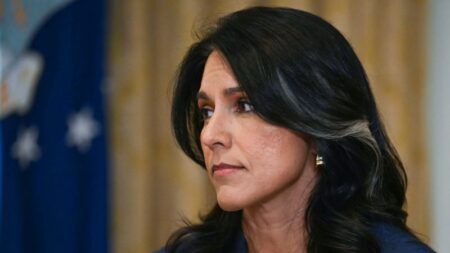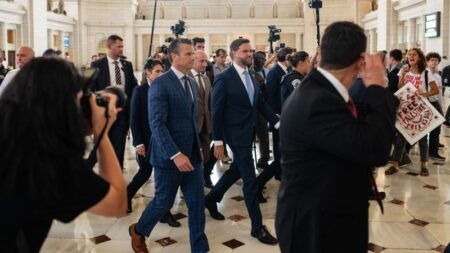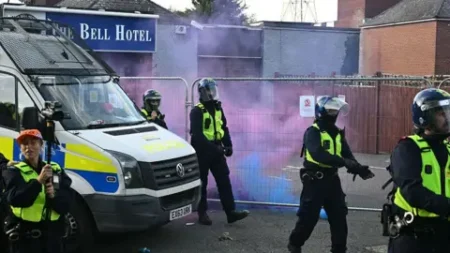In recent discussions surrounding the political landscape in Scotland, Deputy First Minister John Swinney emphasized that a majority for the Scottish National Party (SNP) in the upcoming 2026 Holyrood elections is critical to secure a second independence referendum. During an interview with BBC Scotland News, Swinney outlined the party’s focus on independence as a primary goal for the upcoming election campaign. Currently, the SNP holds 60 seats in the Scottish Parliament; however, to achieve a majority, they need to secure at least 65 out of the 129 available seats.
The call for renewed independence discussions stems from the party’s view that the previous referendum, held in 2014, did not yield a conclusive outcome and that the political climate has significantly shifted in recent years. Swinney’s conviction is that only by electing a majority of SNP Members of the Scottish Parliament (MSPs) can the party effectively push for the democratic pathway toward independence. This, he indicated, is essential for maximizing Scotland’s energy wealth and fostering an equitable welfare system for its citizens. Swinney noted, “It only happens if we have that referendum and we only get that referendum if a majority of SNP MSPs are elected next May.”
The context for these comments aligns with significant moments in Scottish politics; for example, the SNP previously won a majority in the 2011 elections, leading to the 2014 independence referendum. Swinney highlighted that achieving a similar majority in 2026 would compel the UK Government to address the democratic desires of the Scottish people, stating, “There’s no UK prime minister that can sit around and essentially deny the democratic wishes of the people of Scotland.” This assertion comes amid heightened discussions on both sides of the independence debate.
However, critics within the political arena have questioned the SNP’s approach and its viability. Ex-SNP health secretary Alex Neil expressed concern over the current popularity of the party compared to 2011, suggesting that the SNP has “lost its reputation for good government.” Neil portrayed the renewed independence push as a strategy more focused on preserving the party’s status rather than genuinely pursuing independence. Critiques from other political factions, such as Labour and the Conservatives, echo similar sentiments about the SNP’s direction. Jackie Baillie, the Deputy Leader of Scottish Labour, accused Swinney of being overly obsessed with division and neglecting pressing issues such as healthcare and education.
The political atmosphere is further complicated by the presence of UK Prime Minister Sir Keir Starmer, who was also in Scotland for discussions with Donald Trump. Both leaders are expected to attend a private dinner, highlighting the crossing interests between the UK Government and Scottish politics regarding independence.
Swinney’s insistence on linking the SNP’s future to achieving a majority and securing a second referendum illustrates the high stakes of the 2026 election. Polls indicate that the SNP may be overshadowed by growing competition for the pro-independence vote from other parties, suggesting a potential decline in their parliamentary representation. The challenge is considerable, as deviating from the independence narrative could risk alienating core supporters, while failing to secure a majority in the election could stall independence aspirations for the near future.
Given the varied opinions and the existing political challenges, Swinney’s strategy to closely align the SNP’s political identity with independence aims to bolster voter support. However, it presents risks, especially if the referendum discussions have to be deferred again in light of electoral outcomes, or if the UK Government outright refuses to engage with a new referendum request. This complex interplay underscores a pivotal moment for the SNP as it navigates its future direction and commitment to Scottish independence amidst external pressures and internal critiques.











